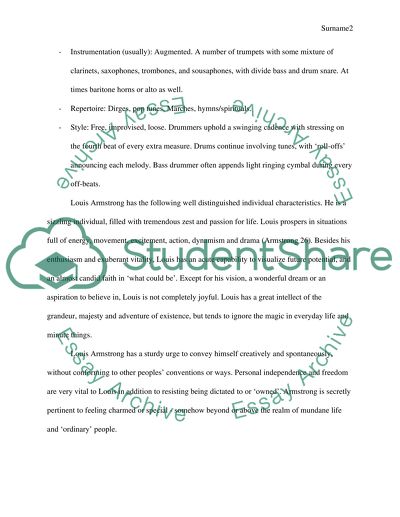Cite this document
(“Louis Armstrong: What a Wonderful World Essay Example | Topics and Well Written Essays - 1000 words”, n.d.)
Retrieved from https://studentshare.org/music/1464107-louis-armstrong-what-a-wonderful-world
Retrieved from https://studentshare.org/music/1464107-louis-armstrong-what-a-wonderful-world
(Louis Armstrong: What a Wonderful World Essay Example | Topics and Well Written Essays - 1000 Words)
https://studentshare.org/music/1464107-louis-armstrong-what-a-wonderful-world.
https://studentshare.org/music/1464107-louis-armstrong-what-a-wonderful-world.
“Louis Armstrong: What a Wonderful World Essay Example | Topics and Well Written Essays - 1000 Words”, n.d. https://studentshare.org/music/1464107-louis-armstrong-what-a-wonderful-world.


